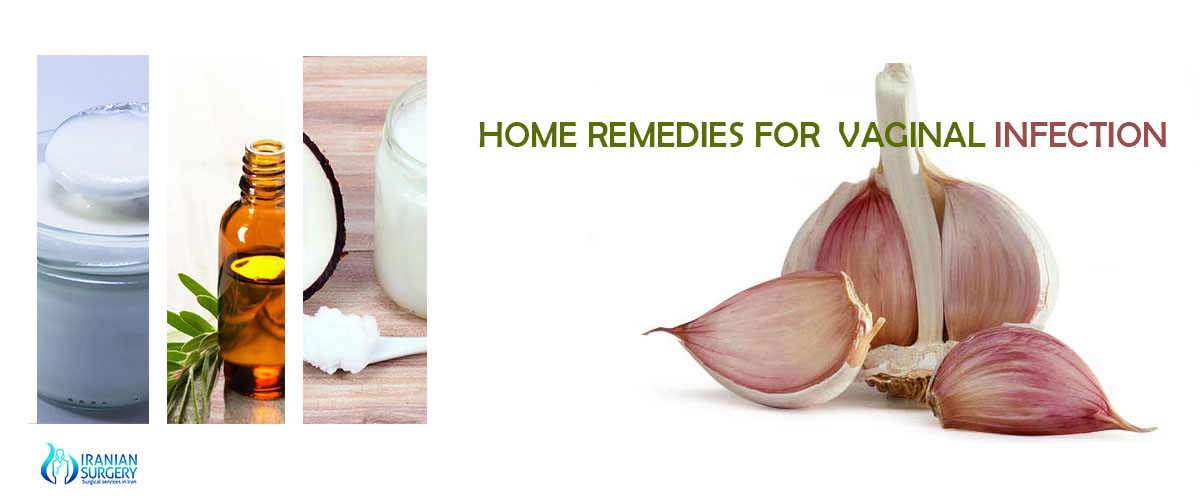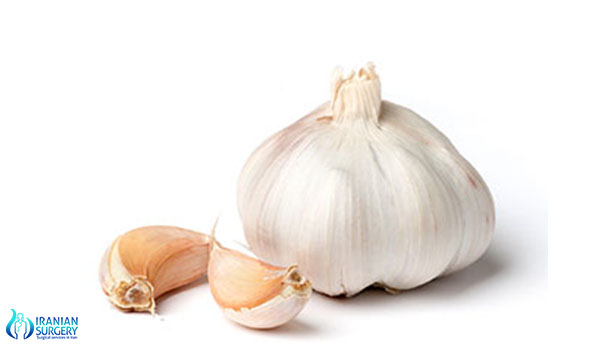How to get rid of a yeast infection

A yeast infection is a common type of fungal infection. One place it targets is the genital area, which leads to pain, itching, and discharge. But what ways can a yeast infection be treated at home?
Women are more prone to genital yeast infections, with 75 percent experiencing at least one in their lives. However, men can also get a genital yeast infection.
A yeast called candida albicans is the most common cause of these infections. However, other types of yeasts can also be responsible.
A range of treatments is available for yeast infections, including many self-administered home remedies. This article explores eight home remedies for a yeast infection to help people find what works best for them.
Home remedies
In many cases, yeast infections can be easily and successfully treated at home. This is done with either over-the-counter products or alternative therapies.
Anecdotal reports suggest that many women experience relief from such home treatments.
However, scientific evidence varies for the effectiveness of these alternative therapies.
1. Over-the-counter treatments
Antifungal treatments in the form of creams or pessaries can be purchased over the counter to treat yeast infections. These are available without a prescription and are available to purchase online, or are found in:
- pharmacies
- drugstores
- grocery stores
Depending on the product, the treatment may be for external or internal use and treat the infection with:
- a single application
- a 3-day application
- a weeklong application
Treatments that are applied internally have been shown to cure more than 80 percent of vaginal yeast infections. These contain powerful antifungals called azoles.
2. Boric acid
Vaginal boric acid capsules can work for women with a yeast infection. These may be especially useful for women with recurrent infections.
The Centers for Disease Control and Prevention (CDC) suggests a dosage of 600 mg of boric acid in a capsule inserted vaginally once a day for 14 days. Before purchasing any suppositories, consult with a doctor.
Some research reports that topically applied boric acid, along with the antifungal flucytosine, successfully treats approximately 70 percent of women. This study looked at women with yeast infections that did not respond to azole-based antifungal treatments.
3. Tea tree oil

Tea tree oil has antifungal properties that may kill yeasts and fungi.
Tea tree oil has long been prized for its antifungal properties. A review of research on this essential oil confirmed its ability to kill a range of yeasts and fungi.
In the majority of the studies reviewed, tea tree oil was tested on candida albicans, one of the most common yeasts in vaginal infections.
Vaginal suppositories containing tea tree oil have been shown to treat vaginal fungal infections. Some women report relief from adding diluted tea tree oil to a tampon and inserting this into the vagina overnight.
However, extreme caution must be used when using tea tree oil, as it can irritate the skin, and the vaginal walls are particularly sensitive.
Tea tree is an essential oil and, as such, needs to be mixed with a carrier oil. People can use 3-5 drops of tea tree oil in 1 ounce of warmed coconut oil to soak a tampon. It is important to change the tampon regularly.
Also, people can be allergic to tea tree oil. Test the diluted oil on an area the size of a dime on the forearm, and if there is no reaction in 12 to 24 hours, it may be safe to use on the more sensitive genital area.
Other research indicates that a component of tea tree oil (terpinen-4-ol) enhances the activity of the common antifungal drug fluconazole. This is in cases of drug-resistant candida albicans.
4. Probiotic supplements
Some probiotic supplements may offer a natural solution to yeast infection. These are available in pharmacies and health stores, or online.
Some brands of probiotic supplements sell specially formulated products for female reproductive health. These aim to restore the balance of bacteria and yeast in the vagina. The supplements are taken orally or inserted vaginally.
In a 2012 study, women with chronic yeast infections inserted a specially formulated probiotic pill into the vagina. Nearly 87 percent reported an improvement in their symptoms. The treatment also had a long-term effect on the yeast responsible for the infection.
In the study, the women used one pill a night for a week. They then inserted one every third night for 3 weeks. After this, they used the treatment just once a week on an ongoing basis as a preventative measure.
Other research suggests that the probiotic lactobacilli can increase the effectiveness of antifungal medications being taken by women with vaginal yeast infection.
5. Natural yogurt

Natural, unsweetened, non-flavored yogurt contains beneficial bacteria, called probiotics. These contribute to health and help restore the balance of bacteria and yeast in the body.
A 2006 review of research found that certain types of probiotics may combat some of the yeasts that cause vaginal yeast infection. While the reviewers flagged issues with several of the studies they cited, many people report relief from:
- eating yogurt
- applying to the vulva around the vagina
- inserting it vaginally
6. Coconut oil

Coconut oil has antifungal properties and has been shown to combat the Candida albicans yeast. Raw organic coconut oil can be applied internally or externally to ease symptoms.
Warmed coconut oil can also be used as a carrier oil for more powerful antifungal essential oils, including tea tree oil or oil of oregano.
7. Garlic

Garlic is a known antifungal and antibiotic. However, recent research suggests that eating garlic has no effect on the levels of yeast in the vagina.
As an alternative to eating garlic, some women have tried using garlic internally. They claim to experience relief from yeast infection, by placing a garlic clove, threaded with a string, into the vagina overnight. While there is no evidence to say this works, it is a low-risk home remedy for yeast infection.
People with sensitive skin may experience burning and even skin damage. As such, people should not use garlic if they have sensitive skin. If the burning sensation worsens, people should discontinue use.
Also, a vaginal cream containing garlic and thyme was found to be as effective as clotrimazole vaginal cream in the treatment of yeast infection.

